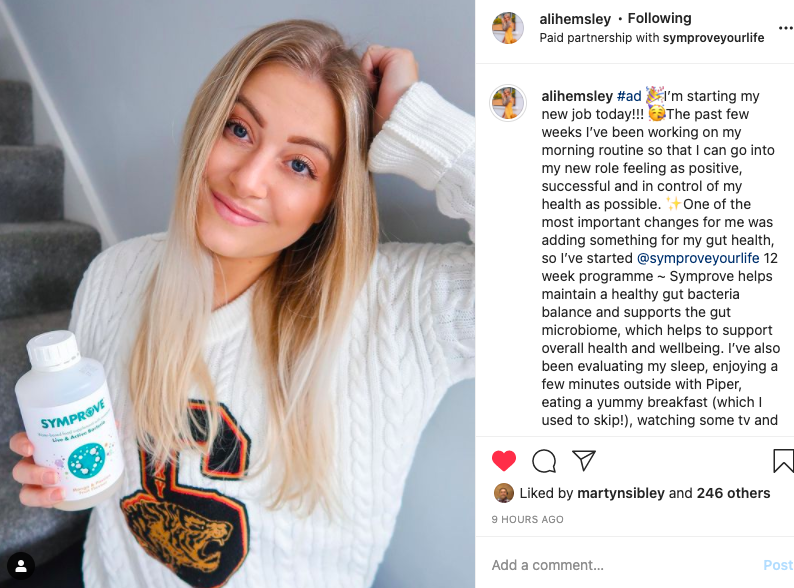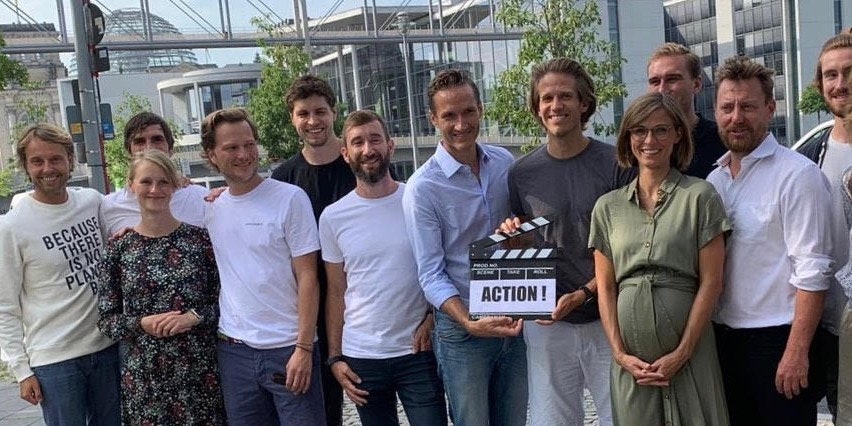For businesses trying to get their brand noticed, taking a ‘softer’ approach to advertising might seem like a big risk. But native advertising is all the rage; a 2019 study predicts the global market for native ads will be worth $400bn by 2025.
First, a refresher: native ads are information-rich sponsored pieces of content that blend into the form and function of the platform on which they appear. They’re much more contextual than traditional display and banner ads used on websites, and are a great way for brands to associate themselves with interesting information and themes.
Brands are increasingly getting sophisticated with their advertising. The standard is high, so for businesses and brands who are new to the game, it’s crucial to nail your approach.
Choose a trustworthy publication
When it comes to native advertising, trust in both the brand and the publisher could mean the difference between a successful campaign and a flop.
Luckily, for millennial consumers, the fact that content is sponsored doesn’t matter too much. While 84% of millennials don’t trust traditional advertising, only 9% said they wouldn’t engage with native ads after finding out they were sponsored.
Yet consumer trust is easily lost. When a publisher features ads from brands consumers believe are untrustworthy, 43% of consumers lose trust in that publisher. And it goes both ways; businesses partnering with an untrustworthy publisher can hurt their brand credibility.
Sean O’Connor, marketing director of Microsoft Advertising EMEA, told Sifted: “We know brands want to work with publishers they trust. If they’re going to put their ads on a site, they want to make sure it’ll be done in a place that paints their brand in a positive light.”
We know brands want to work with publishers they trust. If they’re going to put their ads on a site, they want to make sure it’ll be done in a place that paints their brand in a positive light.
And it’s not just about keeping it positive: O’Connor tells us brand safety is just as important, something that Microsoft Ads safeguards by automatically prescreening webpages for high or moderate-risk content. This means any webpages that are associated with risky content categories, like hate speech, illegal drugs or violence, are flagged and native ads are blocked from appearing on that page.
Brands should also make sure that they’re choosing publications that not only have a solid editorial reputation, but also aren’t cutting corners when it comes to clearly labelling sponsored content as advertisements.
Working with a trustworthy partner is also about making sure the native ad content itself is high in quality. Millennials are 44% more likely to trust experts who are strangers than traditional advertisements. So producing useful content that makes use of independent experts goes a long way.
Finding your target audience is as important as creating great content
Finding a trustworthy publisher is great — but that doesn’t mean they’re great for you. Even if a native ad is high quality, it won’t be effective if it’s placed in the wrong publication read by the wrong group of people. Brands should look for publications where their ads are a natural fit, and with partners who are able to leverage large data sets to enable the brand to target selected audiences.
For some startups, finding your audience isn’t easy — especially for businesses that are working in disruptive markets and new areas of tech where the target audience hasn’t been historically defined.
Native advertising allows businesses to test content and see where the most responsive audience is without committing their entire marketing budget upfront.
This is important because it shows a business where their money is spent most effectively, and helps them find their target audience. “So much of the value in native is being able to target in-market audiences — that’s where we can use that data to make those buys more targeted,” O’Connor says.
So much of the value in native is being able to target in-market audiences — that’s where we can use that data to make those buys more targeted.
O'Connor suggests that startups begin their journey with performance advertising, including both search and native campaigns to reach new audiences. Microsoft Advertising, for example, which charges clients on a pay-per-click basis, places ads in various publications and formats, and is then able to adjust the campaign according to performance. This means even early-stage startups can get quick and actionable insights for a smaller price. “The amount of research value that you can get for even £100 is tremendous,” he says.
This data-driven approach, O’Connor says, can also help newcomers find their feet, in that it allows them to test out what audiences are receiving their content well. “Performance advertising is just a tremendous testing environment for startups. When you’re an early-stage startup trying to find that audience, the ability to get really, quick statistical insights through performance advertising is a tremendous asset.”
It’s never too early to automate
As native advertising continues to grow in sophistication, automation will play a greater role in the editorial and creative side of native advertising. O’Connor tells Sifted we’re already well on the way.
When asked about how advertising has changed over the last five years, he says: “It’s become more automated, for sure. Automation means that anyone can generate creative campaigns quicker and more efficiently, which really lowers the barrier of entry for any brand to compete in this landscape.”
Automation means that anyone can generate creative campaigns quicker and more efficiently, which really lowers the barrier of entry for any brand to compete in this landscape.
Any business can incorporate automation into their campaigns via a native advertising solution platform, like Microsoft Audience Network. Microsoft Audience Network ads use Microsoft audience intelligence and AI to segment audiences, predict engagement and personalise the ads offered. This means it will become increasingly easy for startups to create effective campaigns affordably and without wasting valuable creative talent.
Want to learn more about how native ad campaigns can supercharge your business’s growth? Read Microsoft’s eBook: The Future of Programmatic Native — Microsoft Advertising.


